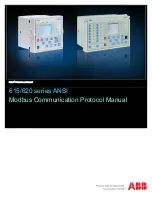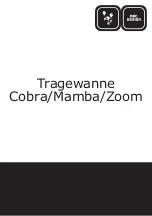
TC1796
Peripheral Units (Vol. 2 of 2)
Controller Area Network (MultiCAN) Controller
User’s Manual
22-16
V2.0, 2007-07
MultiCAN, V2.0
– The selection of the message to be transmitted first can be based on frame
identifier, IDE bit and RTR bit according to CAN arbitration rules, or according to
its order in the list.
•
Advanced message object functionality
– Message objects can be combined to build FIFO message buffers of arbitrary size,
limited only by the total number of message objects.
– Message objects can be linked to form a gateway that automatically transfers
frames between 2 different CAN buses. A single gateway can link any two CAN
nodes. An arbitrary number of gateways can be defined.
•
Advanced data management
– The message objects are organized in double-chained lists.
– List reorganizations can be performed at any time, even during full operation of the
CAN nodes.
– A powerful, command-driven list controller manages the organization of the list
structure and ensures consistency of the list.
– Message FIFOs are based on the list structure and can easily be scaled in size
during CAN operation.
– Static allocation commands offer compatibility with TwinCAN applications that are
not list-based.
•
Advanced interrupt handling
– Up to 16 interrupt output lines are available. Interrupt requests can be routed
individually to one of the 16 interrupt output lines.
– Message post-processing notifications can be combined flexibly into a dedicated
register field of 256 notification bits.
•
Parity protected message object memory
















































